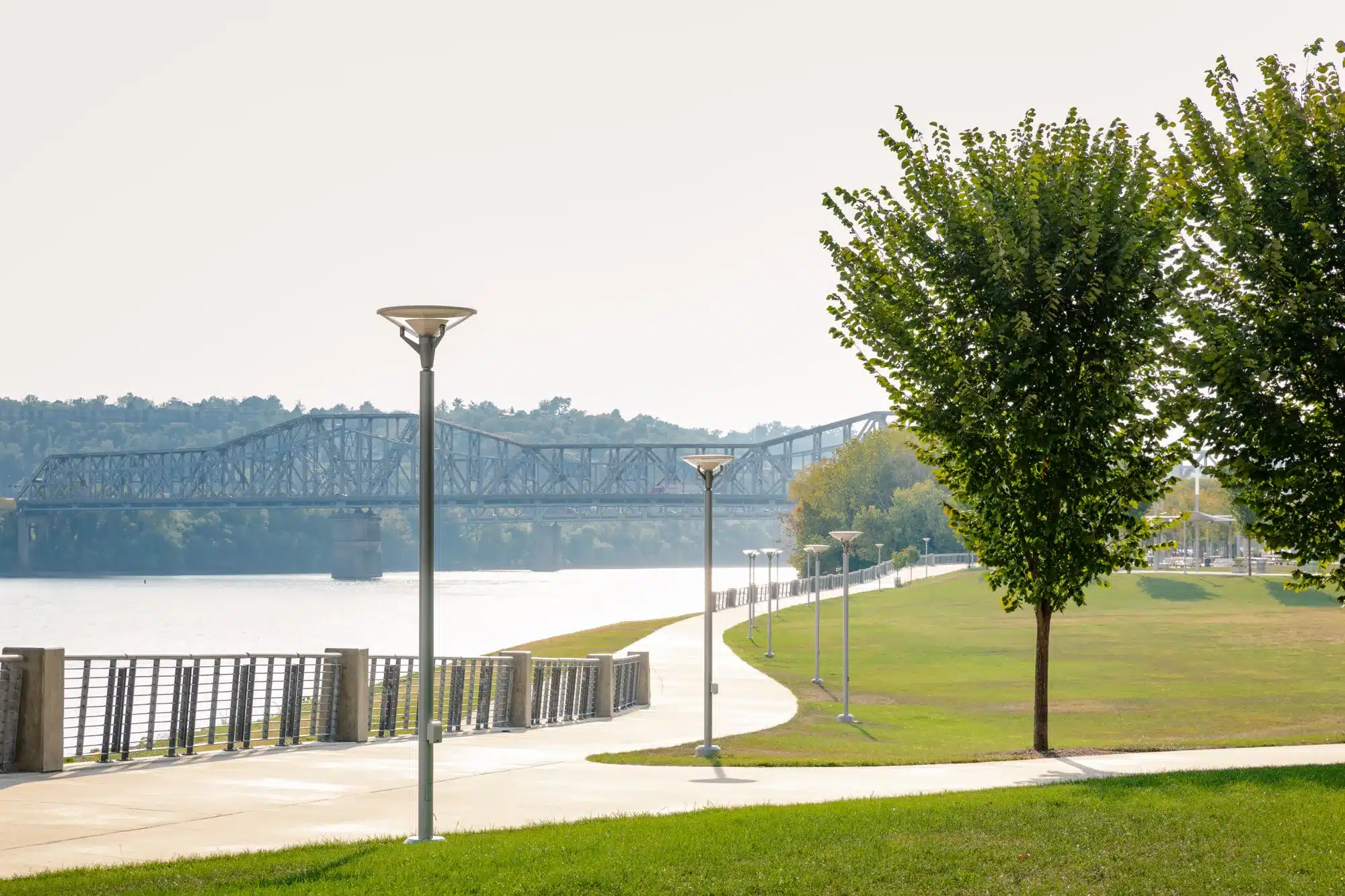The Kipp Post Top
A Milestone in Alfred Homann’s Lighting Design.

Is it possible to design a success? Or even a future classic? These questions are constantly being asked. So much so that they have even found their way into a series on television, where the theme is designing tomorrow’s classic.
The answer will always be “blowing in the wind”, for what makes a classic, or for that matter a success? The latter might be easier, because if the product sells well, it gets a lot of attention, then we are on our way to success – but from there to being a new classic icon… will be a long way.
Precisely this last one was somehow linked to Alfred Homann’s design, and throughout his career, he created more than 10 product families for Louis Poulsen, and was clearly the lighting designer who could best be regarded in the same category as the pioneering designers such as Poul Henningsen, Arne Jacobsen and Jens Moeller Jensen. Alfred became the fourth leaf in the four-leaf clover.
A common feature of all Alfred Homann’s products was the fact that they were imbued with extreme care and focus on every single detail. If a specific detail did not have a purpose, it was removed. Alfred Homann’s products are thus characterized by an almost extreme simplicity. Details are thought through to the smallest perfection, evaluated, tested, and analyzed. He persisted until it was perfect. Compromises were not up for discussion. An incredible stubbornness to achieve the ultimate was characteristic of his working methods. Therefore, none of Alfred Homann’s products were overnight products, but the fruits of a long and intense development process.

The Kipp post top was a success right since its launch. It turned out to give a fantastic light, it was well thought out down to the smallest detail, for example, in terms of changing the light source, where you simply had to loosen one screw, then tilt the head, change the light source, and then close again. The lighting technique was to send the light upwards into the large, domed top shade, and the soft round symmetric light was distributed around the fixture. The large top shade provided a wide distribution, and the completely transparent lamp housing provided an unobstructed light distribution. A matt diffuser around the light source prevented any kind of glare. The distinctive and elegant design blended harmoniously into all surroundings, regardless of style and architecture.
The post top was also thoroughly tested for vandalism, as this was a very topical issue at the time of launch. The polycarbonate screen was heavily dimensioned and the simple three-legged construction that holds the screen is both strong and very stable.


Light in particular was a fascination for Alfred Homann, and thus his products differ from many others. For Alfred, light was a supporting part of the design, and thus one of the reasons for the logic in his designs. Partly it was the form and his perception of the light itself, but once the prototype was created, Alfred Homann continued his work with the light, and he stubbornly continued until he had convinced himself that now it could not be optimized any more. His enthusiasm for the light was legendary. The details that survived his gaze were refined to the extreme, down to the smallest screw.
Kipp post top has been used in a number of exciting projects including the California State University San Bernadino College of Education in California. An exciting installation is also Lexington in New York, where it is creatively integrated into the area’s environments.
The Kipp post top was introduced in 1996, and in the following years Alfred Homann expanded the family with a wall and bollard versions. The bollard came in two heights, and functioned as a kind of mini post where you wanted a slightly higher bollard version. The fixture head in the bollard and wall version is the same, and thus a smart and well-thought-out detail that gave more possibilities of use with the one and same fixture.

